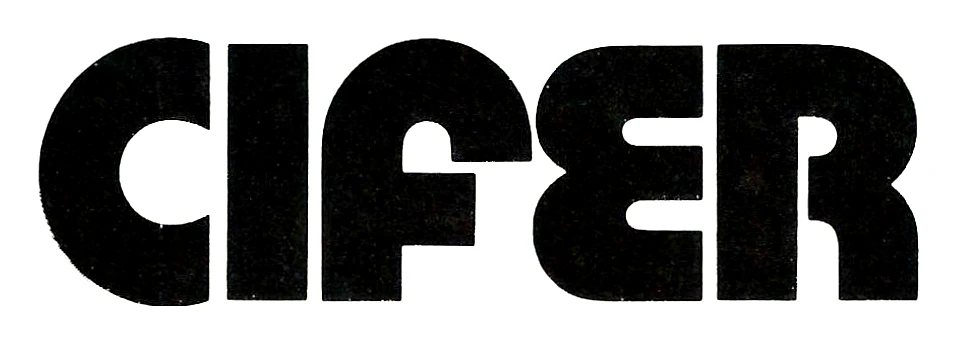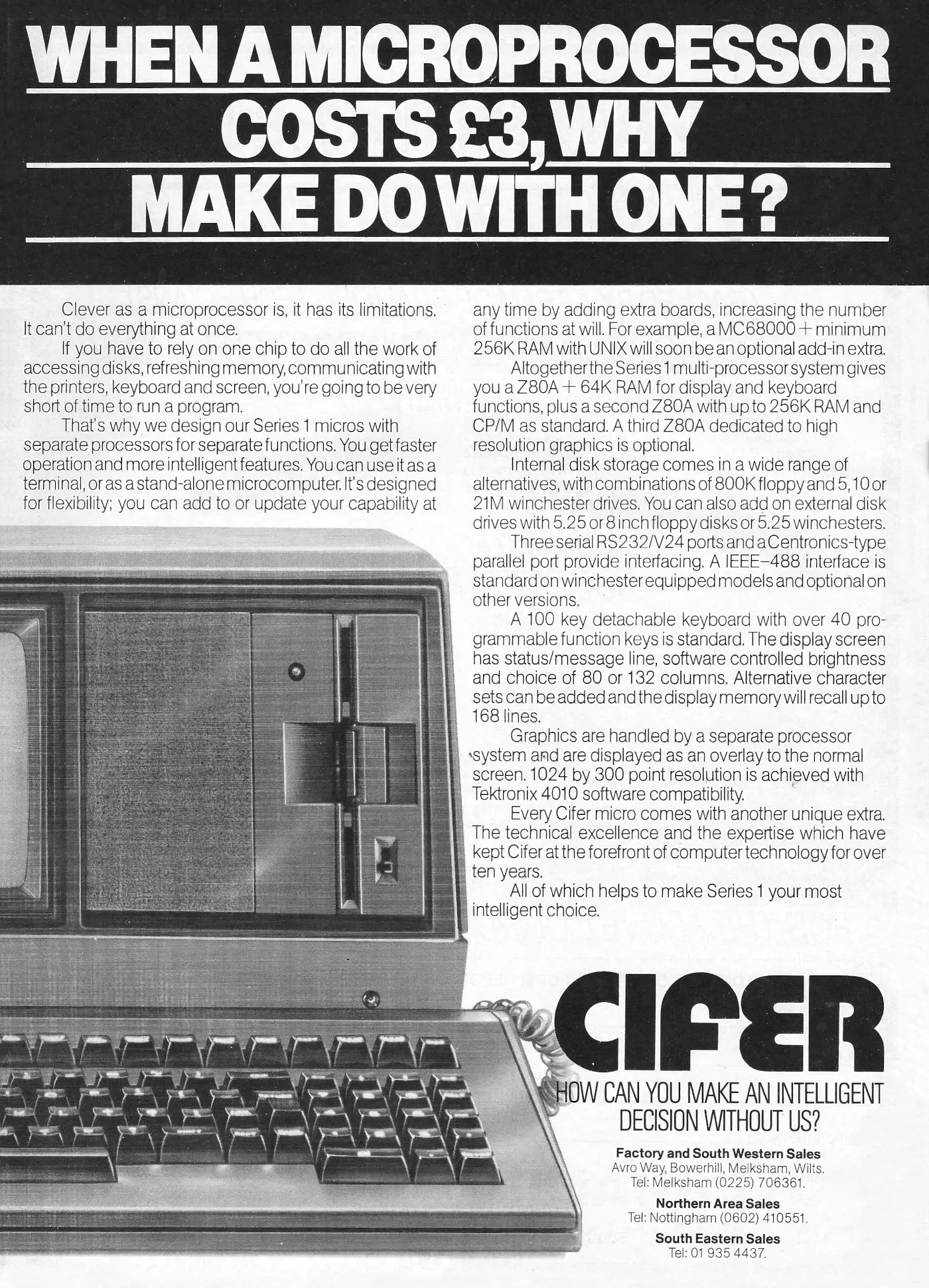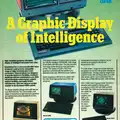
Cifer Advert - June 1983
From Personal Computer World

Cifer: When a microprocessor costs £3, why make do with one?
The Series 1, from Wiltshire-based Cifer - a company which had been "at the forefront of computer technology for over ten years" and which had a "bread and butter business in terminals" and a turnover of £8.2 million in 1983 (£35 million in 2025) - was another random entry in the list of multi-processor machines.
It offered up to three on-board Z80 plug-in cards - one for the display, one for CP/M and an optional third for hi-res graphics. As well as that, an MC68000 board was "coming soon".
The machine also offered Tektronix 4010 software-compatibility, so together with its 1024x300px graphics it seemed aimed at the CAD/CAM/workstation niche.
When the 68000 boards became available in July of 1983, Cifer became the first British micro company to offer a working implementation of Unix, with an initial announcement in May followed by commercial deliveries starting in September. Cifer's Peter Readman said of the appearance of Unix that:
"We are very aware that you can't just offer a Unix machine. 40% of the effort of producing the Unix system had gone in to finding software - compilers, database management systems, word processors and some applications - to run on it. There's a lot out there if you look in the right place"[1].
A Cifer Series 1 with an 800K floppy drive, 10MB hard disk, System III Unix and the 8MHz MC68000 card with 256K memory to run it on racked up at close to £5,000, which is about £22,000 in 2025.
Cifer underwent a reorganisation in June 1984 and again in March 1985, when it shed 88 employees and announced that it indended to concentrate on its terminal business[2].
Date created: 27 October 2014
Last updated: 22 December 2024
Hint: use left and right cursor keys to navigate between adverts.
Sources
Text and otherwise-uncredited photos © nosher.net 2025. Dollar/GBP conversions, where used, assume $1.50 to £1. "Now" prices are calculated dynamically using average RPI per year.

